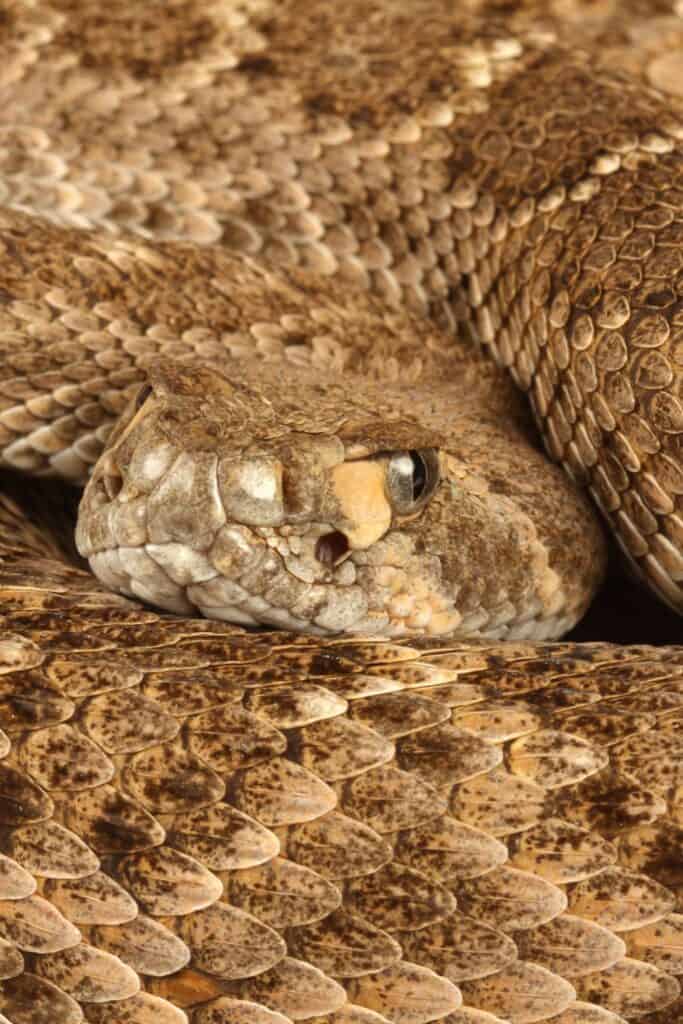
Big Bend National Park is located in the southwestern part of Texas, near the border with Mexico. It is known for its rugged terrain, stunning landscapes, and diverse wildlife. The park covers over 800,000 acres and is home to a wide variety of plants and animals. Visitors to the park can expect to see a range of wildlife, including birds, mammals, reptiles, and insects.
Birds
Big Bend National Park is a bird-watching paradise, with over 450 species of birds found in the park. Some of the most commonly seen birds in the park include the roadrunner, the turkey vulture, and the black-chinned hummingbird. Other species that can be seen include the golden eagle, the peregrine falcon, and the vermilion flycatcher.
Mammals
Big Bend is home to a variety of mammals, including some rare and endangered species. The most commonly seen mammals in the park include the white-tailed deer, the coyote, and the javelina. Other species that can be seen include the black bear, the mountain lion, and the gray fox.
Reptiles
The desert landscape of Big Bend National Park is home to a variety of reptiles, including snakes, lizards, and turtles. Some of the most commonly seen reptiles in the park include the western diamondback rattlesnake, the Texas horned lizard, and the desert tortoise. Visitors should be cautious when hiking in the park and should keep an eye out for snakes, as some species can be venomous.
Insects
Big Bend National Park is home to a wide variety of insects, including butterflies, bees, and beetles. Some of the most commonly seen insects in the park include the monarch butterfly, the tarantula hawk wasp, and the giant desert centipede. Visitors should be careful not to disturb insect nests or hives when hiking in the park.
Other Wildlife
Big Bend National Park is also home to a variety of other wildlife, including amphibians, fish, and small mammals. Some of the lesser-known species that can be seen in the park include the Texas horned lizard, the Mexican free-tailed bat, and the kangaroo rat. Visitors should be aware that some species are rare or endangered and should avoid disturbing their habitats.
Tips for Viewing Wildlife
If you are interested in viewing wildlife in Big Bend National Park, there are several things you can do to increase your chances of seeing animals. First, visit the park during the early morning or late evening hours when animals are most active. Second, bring binoculars or a camera with a telephoto lens to get a closer look at animals from a safe distance. Third, stay on designated trails and roads to avoid disturbing wildlife habitats. Finally, be patient and quiet, as sudden movements or loud noises can scare animals away.
If you are interested in guided wildlife tours or educational programs, the park offers a variety of ranger-led programs and guided tours. These programs are designed to educate visitors about the wildlife and habitats of the park and provide opportunities to see animals up close.
Big Bend National Park is a haven for wildlife enthusiasts, with a wide variety of animals and habitats to explore. From the majestic mountain lion to the tiny desert tortoise, visitors to the park can expect to see a range of wildlife in their natural habitats. Whether you are an experienced birder or a first-time visitor, there is something for everyone to enjoy in Big Bend National Park. So pack your bags, grab your binoculars, and get ready to explore the wild side of Texas.
Related posts:
Big Bend National Park is a massive 800,000-acre park located in the western part of Texas, along the border with Mexico. It offers a range of activities, including hiking, camping, stargazing, and river rafting. Here are 12 things to...
Big Bend National Park is a vast and beautiful desert wilderness that offers some of the best camping opportunities in the United States. However, camping in this remote and rugged environment requires careful planning and preparation. Here...
Big Bend National Park, located in southwest Texas, is a haven for hikers and outdoor enthusiasts. The park boasts over 150 miles of hiking trails, ranging from easy walks to strenuous treks through rugged terrain. Whether you're a seasoned...
You've probably heard about Big Bend National Park. But what's it really all about? According to the US National Park Service, the name "Big Bend" was derived from "Big Dipper," a Texas cattle trader who, in 1846, patented a bend in the Colorado Rive...